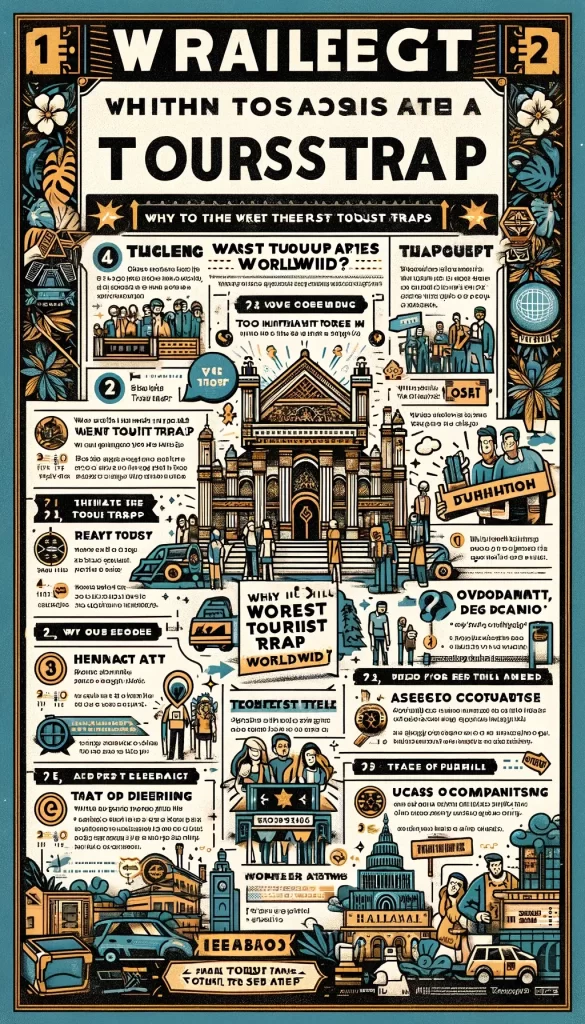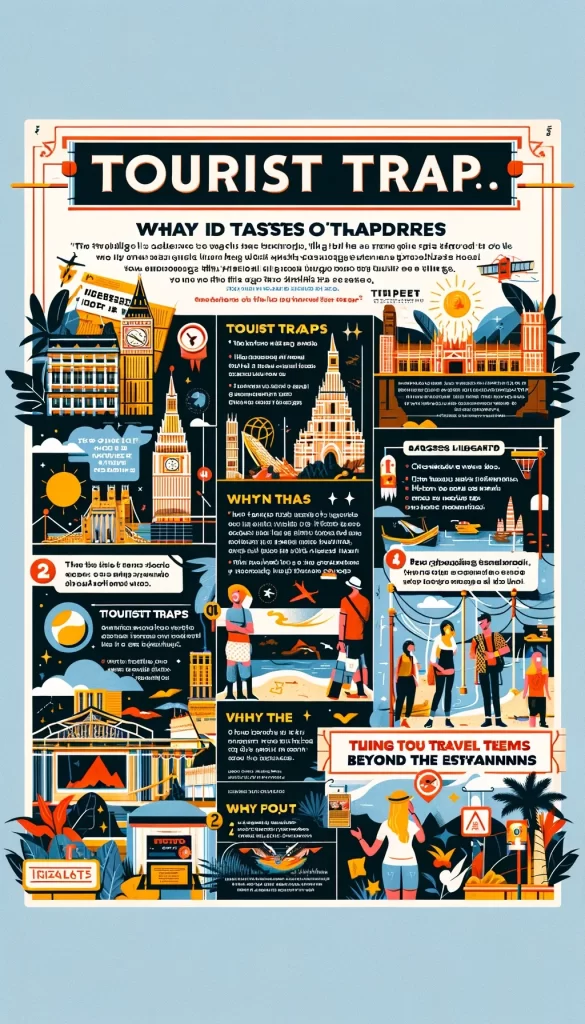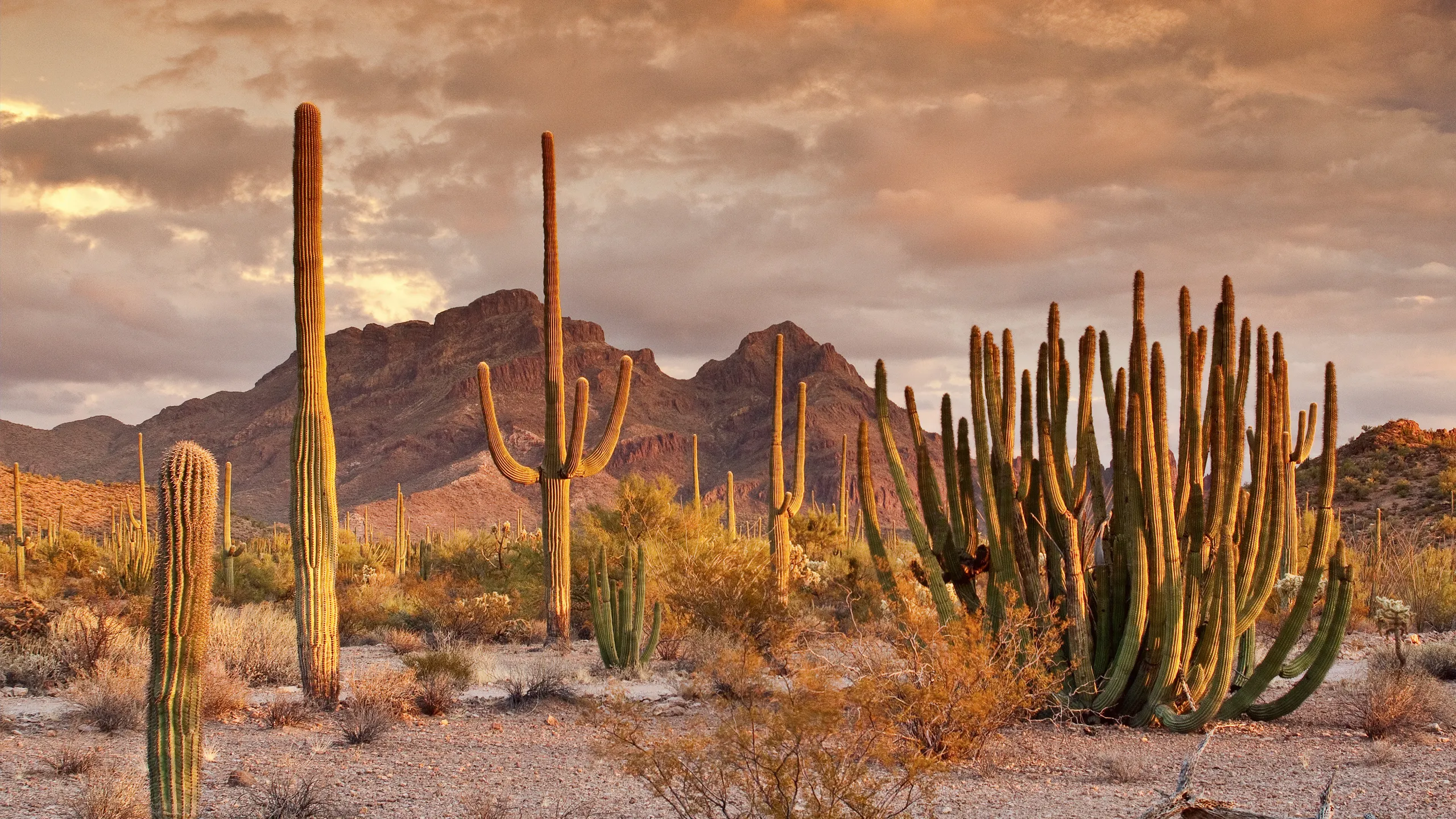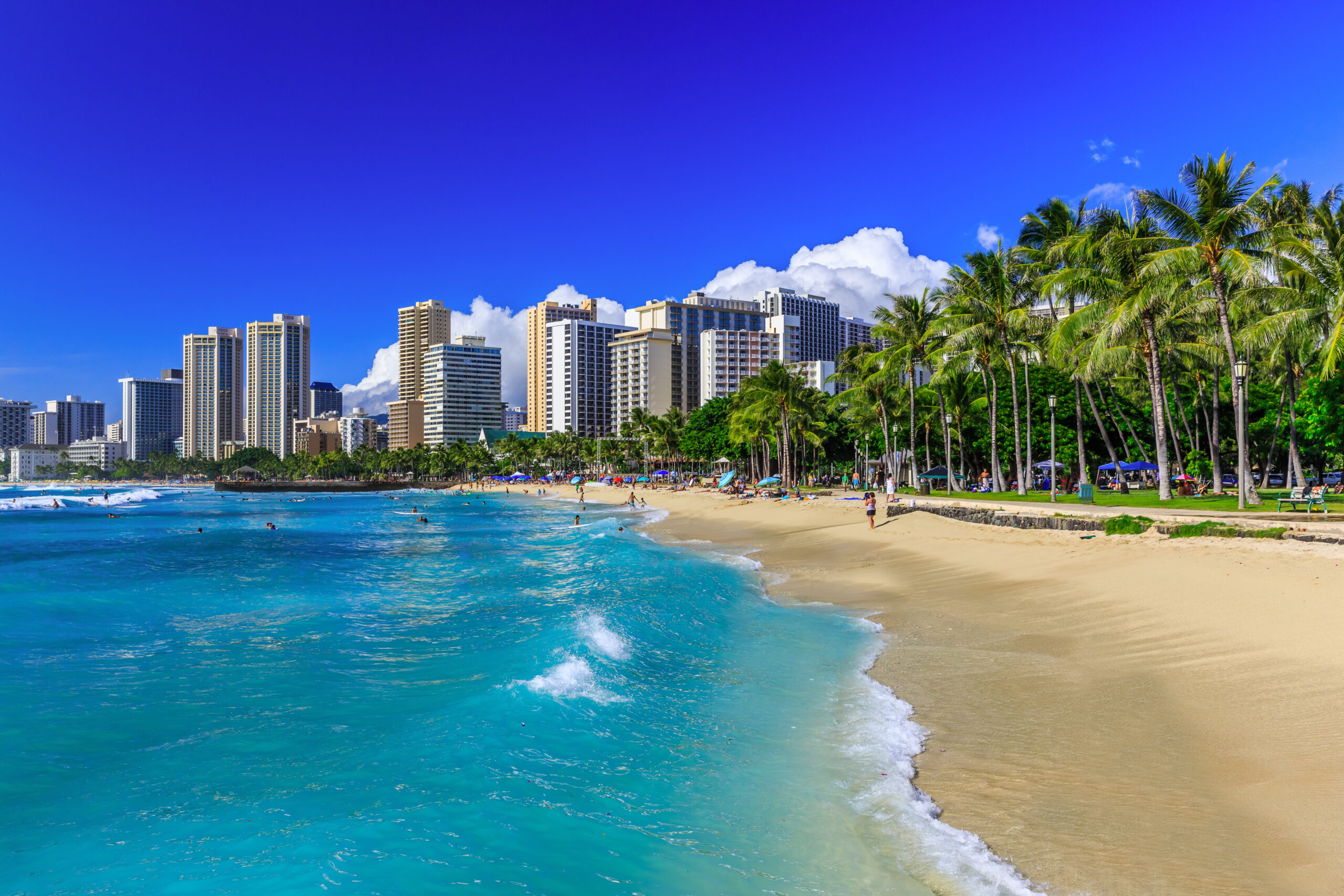Table of Contents
Traveling is an adventure that promises new experiences, cultures, and memories. However, not all tourist attractions live up to their hype. According to various online forums, blogs, and reviews, some destinations have been labeled as the worst tourist traps worldwide. These are places perceived to overcharge, underdeliver, or simply not worth the time and effort. Interestingly, many of these once-popular spots have now been closed or have restrictions that make them inaccessible to the public. Let’s explore these notorious locations and learn why they’ve earned such a reputation.
Read also: Reasons to Never Visit Honolulu

The Essence of Tourist Traps
What Makes a Tourist Trap?
Before diving into our list, it’s crucial to understand what characterizes a tourist trap. Typically, these locations are known for their:
- Exorbitant prices: Charging much higher than the local standard for goods and services.
- Crowdedness: Overwhelming numbers of tourists, detract from the experience.
- Commercialization: Losing the authenticity of the place due to over-commercialization.
- Disappointment: Not living up to the expectations set by marketing or word of mouth.
Why People Still Visit Them
Despite their notoriety, tourist traps often allure visitors due to:
- FOMO (Fear of Missing Out): The worry that not visiting a well-known spot might mean missing out on a crucial experience.
- Marketing: Effective advertising that highlights the location’s supposed uniqueness and must-visit status.
- Peer Pressure: Recommendations or experiences shared by friends and family can influence travel choices.
The Infamous List: 12 Worst Tourist Traps in the World
The Blarney Stone, Ireland (Closed for Renovations)
Why It Was a Trap: Known for giving the gift of eloquence to those who kiss it, the Blarney Stone required visitors to bend over backward, literally. The experience was often deemed underwhelming, and hygiene concerns were frequently raised.
Hollywood Walk of Fame, USA (Access Limited)
Why It Was a Trap: Although it remains open, the area’s appeal has diminished due to overcrowding, persistent vendors, and a general lack of maintenance, making it less attractive than in its heyday.
The Leaning Tower of Pisa, Italy (Entry Restrictions)
Why It Was a Trap: The iconic tilt attracts millions, but the reality of fighting for space to take the same forced perspective photo has tarnished its charm. Entry restrictions have also limited the number of visitors.
Times Square, USA (Overcommercialized)
Why It Was a Trap: Times Square’s vibrant lights and bustling energy are overshadowed by aggressive salespeople, high prices, and the sheer mass of people, which can overwhelm the senses and pocketbook.
Stonehenge, UK (Viewing Distance Increased)
Why It Was a Trap: Restrictions have been placed on how close visitors can get to the stones, leading to disappointment for many who travel great distances expecting an intimate encounter with the ancient structure.
The Mona Lisa, France (Crowding Issues)
Why It Was a Trap: The small painting in the vast Louvre Museum is often surrounded by a sea of people, making it hard to appreciate the art or even catch a glimpse of it.
Venice, Italy (Overcrowding and Flooding)
Why It Was a Trap: Venice is undeniably beautiful but struggles with environmental and overcrowding issues that have led to calls for limiting tourist numbers to preserve the city.
The Great Wall of China, China (Overcommercialization)
Why It Was a Trap: Certain sections of the Great Wall are heavily commercialized, detracting from the historic and majestic nature of this ancient marvel.
Pyramids of Giza, Egypt (Harassment by Vendors)
Why It Was a Trap: Visitors often report harassment by aggressive vendors, which can mar the experience of visiting these iconic ancient structures.
Las Vegas Strip, USA (Exorbitant Prices)
Why It Was a Trap: While known for its entertainment, the Las Vegas Strip can trap visitors with high hotel rates, expensive shows, and gambling losses.
Loch Ness, Scotland (Commercialized Myth)
Why It Was a Trap: The allure of spotting Nessie, the Loch Ness Monster, is a fun concept, but the area has become exceedingly commercialized, with little to offer beyond the myth.
Mount Everest Base Camp, Nepal (Environmental and Safety Concerns)
Why It Was a Trap: The dream of reaching the base camp of the world’s highest mountain is compelling, but overcrowding and environmental damage have raised significant concerns.
Beyond the Traps: Seeking Authentic Experiences
Finding the True Gems
While the allure of famous landmarks is strong, many travelers are now seeking more authentic and meaningful experiences. This shift involves:
- Research: Looking beyond the most famous attractions to find unique and less crowded destinations.
- Local Insights: Engaging with locals to discover the places they love and recommend.
- Sustainability: Choosing destinations and activities that promote environmental conservation and benefit local communities.
The Path Less Traveled
Exploring lesser-known sites not only provides a more genuine experience but also helps distribute tourism’s economic benefits more evenly and sustainably.

Final Words: The World Beyond the Traps
The internet has been instrumental in highlighting the pitfalls of certain overhyped tourist destinations. As we become more connected and informed, the quest for authentic, enriching travel experiences grows stronger. By opting to explore the road less traveled, we not only enrich our own lives but also respect and preserve the beauty and integrity of our global destinations.




